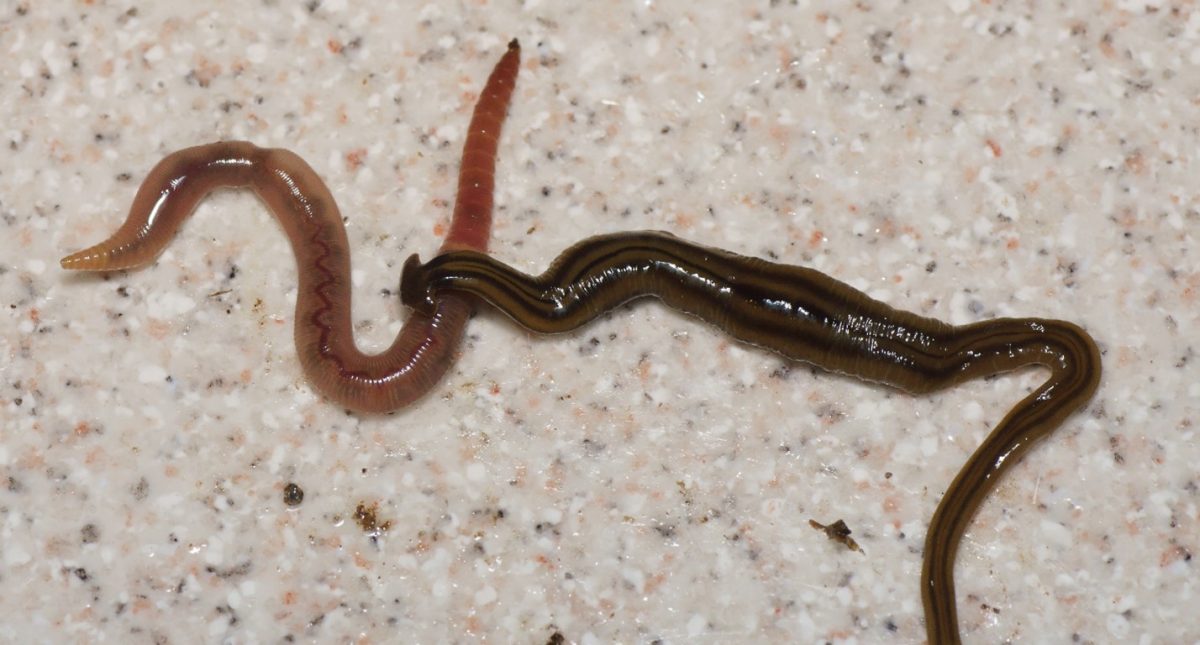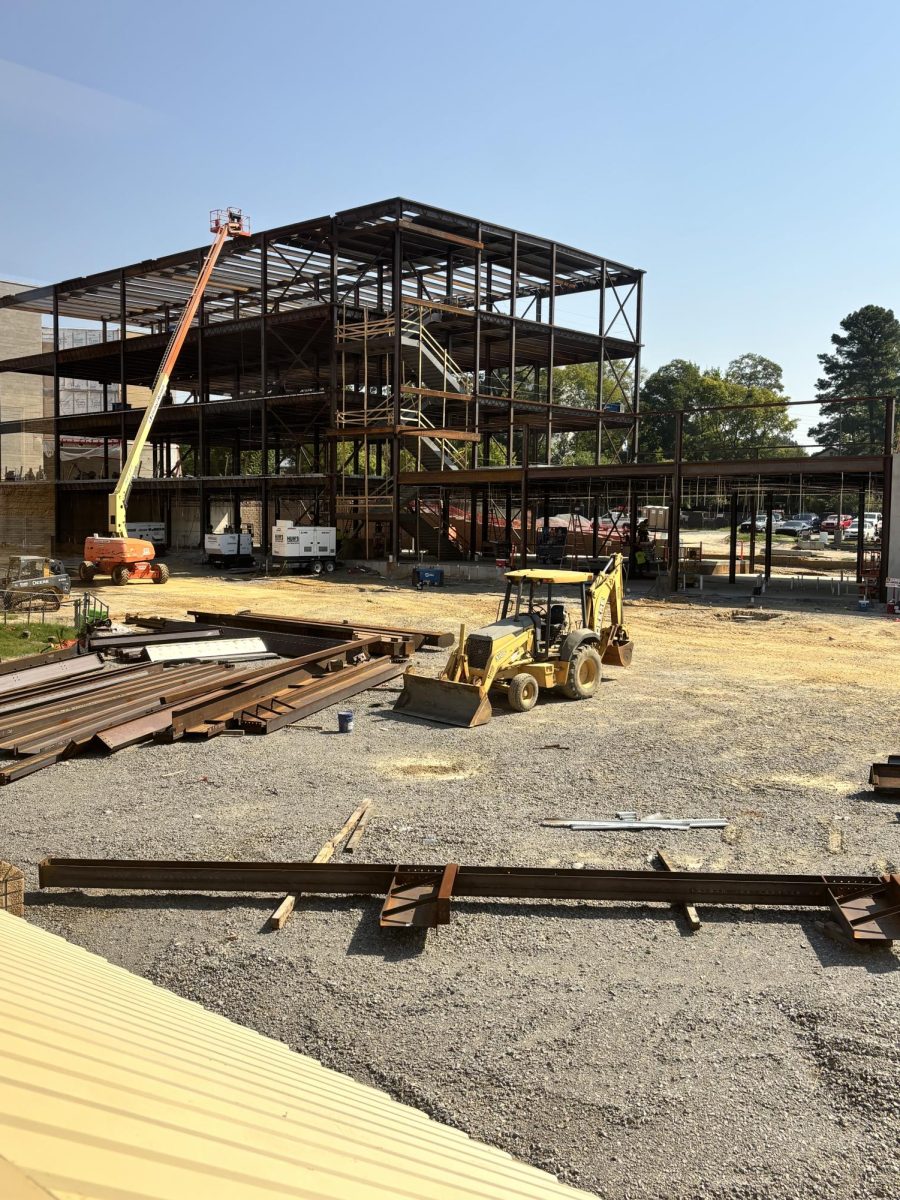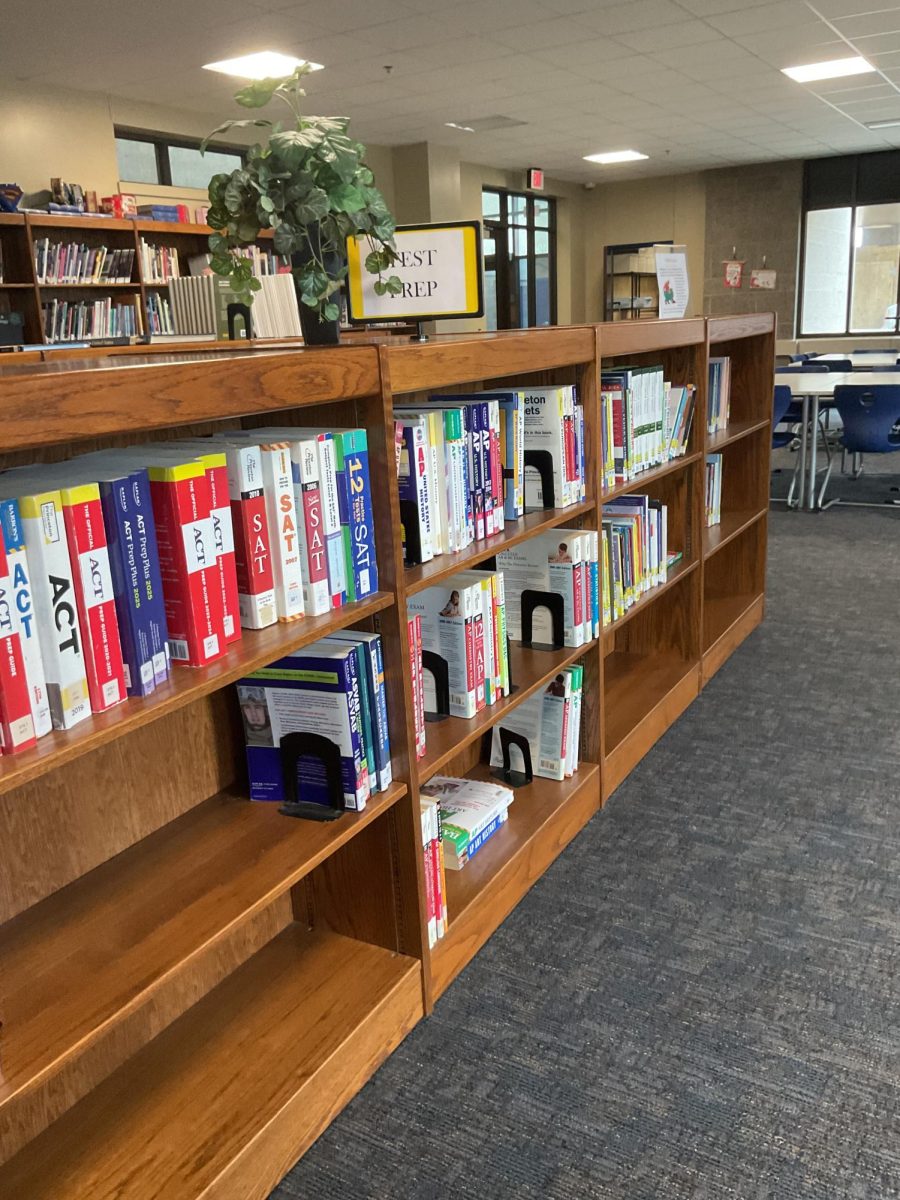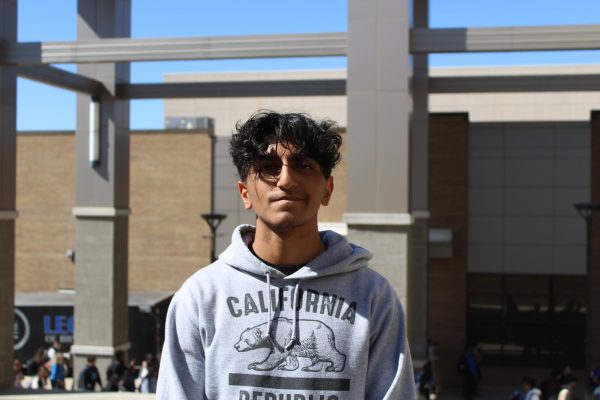Since his inauguration to his second, non-consecutive term as President of the United States, Donald Trump has enacted numerous reforms for policies relating to immigration, deportation, border control and access. This includes over twenty separate actions slated to overhaul current immigration policies. Trump and his cabinet have also turned their attention towards the capture of immigrants labeled as “fugitives” for crossing the border illegally. These reforms are estimated to cost upwards of $315bn.
New policies also include the capture of undocumented migrants through the use of ICE (U.S. Immigration and Customs Enforcement) agents by increasing their presence and access to previously considered sensitive areas such as schools, churches, and other public facilities. In regards to the implementation of these policies, Trump has installed former ICE director Tom Homan as his Border Czar.
“I am pleased to announce that the Former ICE Director, and stalwart on Border Control, Tom Homan, will be joining the Trump Administration, in charge of our Nation’s Borders,” Trump said in a Truth Social post posted Sunday, Nov. 11.
Several of Trump’s policies also streamline the deportation process to increase the likelihood that a migrant will be deported. This involved eliminating steps that were originally established to protect the rights that all people on American soil, regardless of immigration status, are guaranteed by the Constitution. ICE also increased the number of home raids in areas with suspected illegal immigrants. Individuals may be detained and arrested if ICE intends to pursue the deportation process.
In addition to home raids, undocumented migrants are regularly at risk of detention during their daily lives. Authorities who encounter illegal immigrants in the course of their work, such as an officer performing a traffic stop, are required by law to report the incident to ICE if the suspect is identified as an undocumented individual. Expanding ICE’s capabilities also involves repurposing areas—like Rikers Island in New York City and Guantanamo Bay in Cuba—to accommodate illegal immigrants. These immigration reforms also require substantial funding.
“It’s not a question of budget,” Trump said in an interview with NBC. “Really, we have no choice.”
The statistics:
The Laken Riley Act, a bill introduced named after a Georgia nursing student who was murdered by an undocumented Venezuelan man, requires DHS (Department of Homeland Security) to detain any illegal immigrant convicted of any violent crime or theft. Congress passed this bill on Jan. 8, 2025, followed by Trump’s signing of the bill on Jan. 29. This was the first bill Trump has signed in his second term.
Contrary to President Trump’s statements about the criminal nature of immigrants, studies have shown that undocumented immigrants are significantly less likely to commit crimes than their native-born and naturalized counterparts. A research article published by PNAS (the Proceedings of the National Academy of Sciences) on Dec. 7, 2020, found that immigrants of both legal and illegal status commit disproportionately fewer crimes than native-born citizens. Undocumented immigrants are less likely than any other demographic to engage in illegal activities and about half as likely to commit violent and drug crimes as native-born citizens.
So what now?
Nonetheless, the controversy surrounding the criminality of immigrants persists, resulting in policies—like the Laken Riley Act—that worsen punishments on immigrants. Imprisonment is now more likely to be followed up by deportation. New York City Mayor Eric Adams is working towards finding new ways to address the influx of displaced migrants. This included repurposing areas such as Rikers Island, the location of New York City’s largest prison complex, to hold detainees. Adams is also working towards an executive order that will restore ICE agents to operate on the island.
“Immigrants have been crucial in building our city and will continue to be key to our future success, but we must fix our long-broken immigration system,” Adams said in a statement after meeting with the Border Czar on Feb. 13.
This involves repurposing areas like Ryker’s Island in New York City to accommodate detainees. Deported immigrants may also be detained in the soon-to-be renovated Guantanamo migration detention center in the U.S. Cuban territory of Guantanamo Bay. This prison site was previously reserved exclusively for individuals considered threats to national security (primarily foreign and domestic terrorists). Tom Homan is overseeing the current renovation.
“Guantanamo Bay, Jesse, is the perfect spot,” Defense Secretary Pete Hegseth said in an interview with Fox News’ Jesse Waters. “We don’t want illegal criminals in the United States a minute longer than they have to be.”







